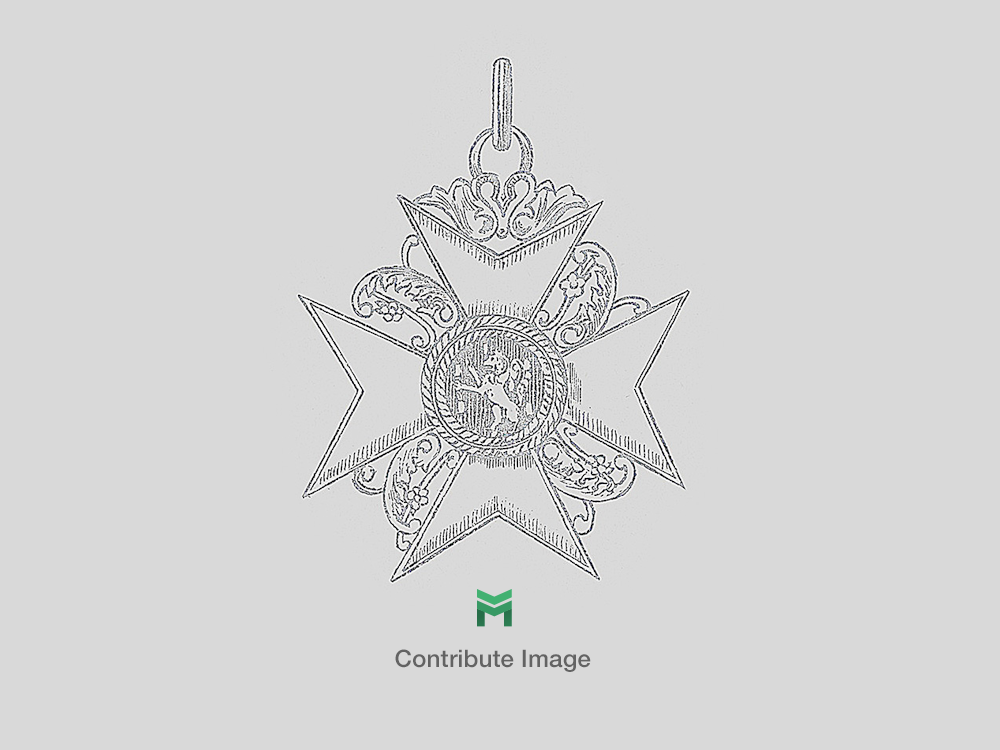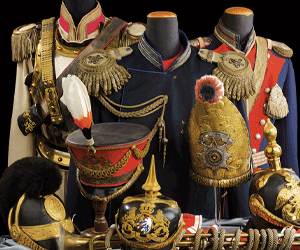Kriegsmarine Striped White Trousers
SKU: 21.GOR.02.03.02.002
Estimated market value:

Estimated market value:
Attributes
History
The headgear, uniforms, and insignia worn by members of the Kriegsmarine were based upon the designs utilized by the Kaiserliche Marine and the Reichsmarine. The official regulations governing the uniforms of the Reichsmarine were issued on April 5, 1921, and they were embraced, with a few alterations, as the Kriegsmarine uniforms in 1935.
From 1933-1945, the uniforms worn by personnel in the German Navy were produced and disseminated by the Navy Clothing Depot and private manufacturers. The cloth was of a high quality prior the Second World War, but during the war, it became increasingly synthetic. Similarly, the cloth used in the uniforms of Officers and Admirals was of a higher quality than the cloth used in the uniforms of lower ranking personnel, such as Non-Commissioned Officers. The cloth utilized in garments of the blue uniform is of an overall better quality that the cloth utilized in the field-grey uniform. For the field-grey uniform specifically, the cloth is more grey-coloured in pre-Second World War uniforms, while the cloth is more green/olive-coloured in Second World War uniforms.
The buttons worn on Kriegsmarine trousers are generally composed of metal or plastic.
The garments may have proof stamps, serial and unit stamps, and manufacturer marks denoting the legitimacy and origin of the item. They also tend to feature sewn name tabs (namensläppchen) on all clothing items associated with the blue and field-grey uniforms. The blue uniform garments all have a serial number stamp (stammrollennummernstempel), while the field-grey uniform garments have a unit stamp.
The proof stamp is present on all garments produced by the Navy Clothing Depot, and it includes the size of the item, if needed, with the year of manufacture above the size, and a surmounting script that reads “B.A.K.” or “B.A.W.” This stamp information is framed, and written in white ink on blue or black garments and in black ink on all other colour garments.
The serial stamp is composed of letters and numbers, and it is present on blue uniform garments from the Depot. The stamp is either printed in red ink or sewn in red thread. The numbers are preceded by a letter that denotes the area in which the wearer served, with an “N” for Navy Station or an “O” for Navy Station Baltic. The stamp ends in a letter associated with the wearer’s career group, with an “S” for deck personnel and a “T” for technical professionals. Below the serial number is the year in which the wearer entered the navy, surmounted by a horizontal line.
The unit stamp is present on field-grey uniforms. It includes the framed, shortened unit name of the wearer in red ink.
The marks of private manufacturers vary widely, ranging from codes to full names, and even abbreviated letters, as well as the year of manufacture. After 1942, Reich numbers (Reichsbetriebsnummer) were also used as manufacturer marks (RB-).
The trousers with stripes were worn by Kriegsmarine personnel who held an Officer rank. They were worn with the full dress, as part of the uniform worn at formal evening events, and rarely with the mess dress when explicitly ordered.
The trousers with stripes are almost identical in design to long trousers, but with additional tress added vertically to the pant legs, and omitting the rear pockets and the adjusting strap.
These trousers are generally made from fine quality fabrics, such as worsted wool and doeskin.
The trousers with stripes are composed of several main elements, including the panels, the tress, the fly, the buttons, and the pockets.
These trousers for all Kriegsmarine uniforms are produced with two front panels and two back panels.
The tress may be silver or gold coloured, and it features five thin stripes and four horizontal stripes.
The trousers have a vertical trouser fly with five buttons along the right seam and corresponding buttonholes along with left seam.
The buttons are generally composed of black metal or horn.
There are two side “slash” pockets, one on each front panel, and they are made with lining fabric. Additionally, a smaller pocket is featured on the front left panel of the trousers to hold first-aid field dressing.


Comments
Sign in to comment and reply.


Scroll Top